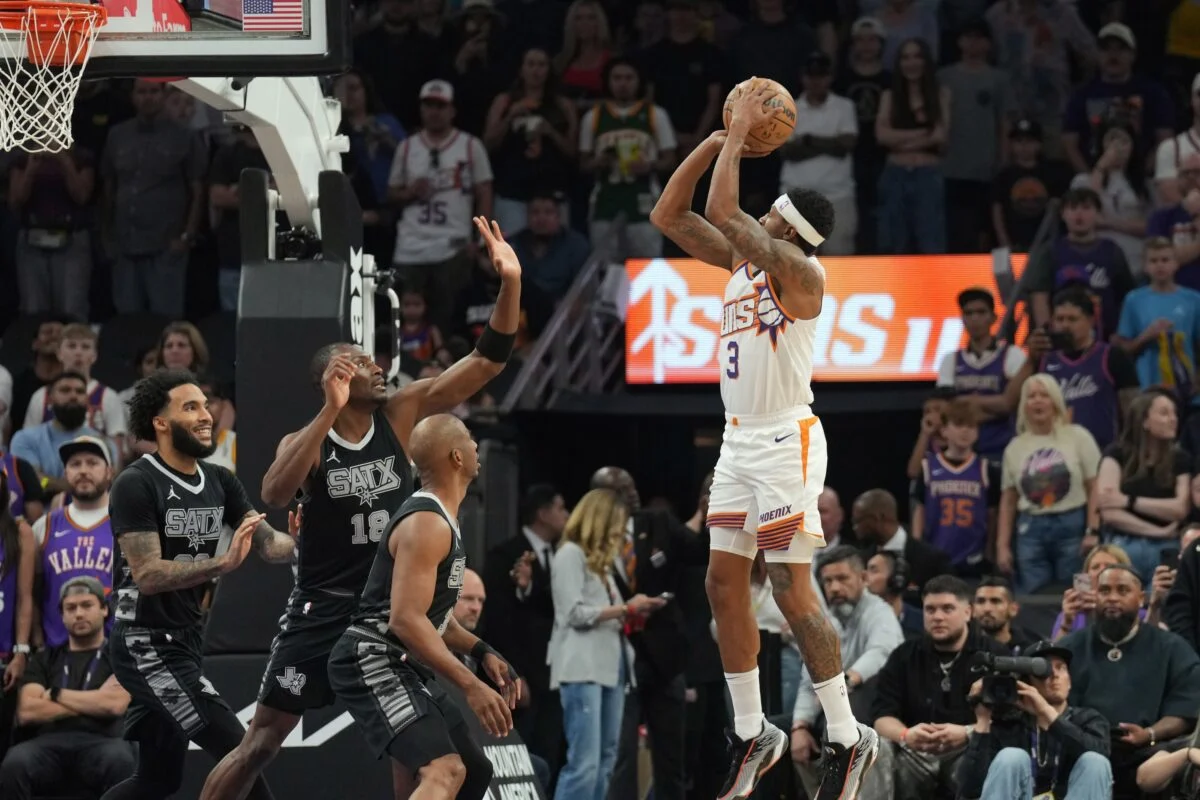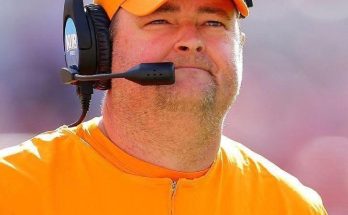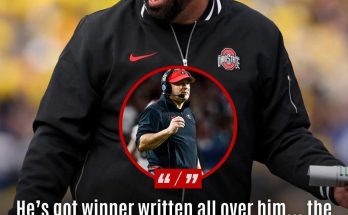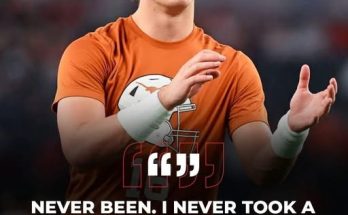The Los Angeles Clippers have once again made headlines with a blockbuster trade that has the entire NBA world buzzing. This latest move has fans and analysts alike drawing immediate comparisons to the Bradley Beal situation, as the Clippers continue their aggressive pursuit of championship contention. While the specifics of the deal are still being dissected, one thing is clear: the Clippers are all-in, and this trade screams Bradley Beal in more ways than one.
The Clippers have never been shy about making bold moves. From acquiring Kawhi Leonard and Paul George in 2019 to their relentless pursuit of star power, this franchise operates with a win-now mentality. Their latest trade, which reportedly involves multiple first-round picks and key rotation players, signals yet another attempt to solidify their place among the league’s elite. But why does this feel so reminiscent of the Bradley Beal saga?
For starters, the Clippers are once again leveraging future assets for immediate gains, much like the Washington Wizards did when they traded Beal to the Phoenix Suns. The Wizards, recognizing that their ceiling with Beal was limited, opted for a full rebuild, shipping out their franchise cornerstone in exchange for draft capital and young pieces. The Clippers, on the other hand, are doing the opposite—sacrificing their future to maximize their present. But the parallel lies in the high-stakes gamble both teams are making. The Wizards bet on a rebuild, while the Clippers are betting that this trade will finally push them over the hump.
The Bradley Beal trade was a watershed moment for the Suns, pairing him with Kevin Durant and Devin Booker in a superteam designed to dominate the Western Conference. The Clippers, by making this latest move, are clearly trying to counter that firepower. With Kawhi Leonard and Paul George already in place, the Clippers are adding another high-impact player (or players) to ensure they can compete with the Suns, Nuggets, and Lakers in the loaded West. The urgency is palpable, and the stakes couldn’t be higher.
What makes this trade so intriguing is the timing. The Clippers are well aware that their championship window is finite. Leonard and George are both in their primes, but injuries and age are constant concerns. The front office knows that if they don’t win soon, they risk wasting the primes of two of the game’s best two-way players. This desperation mirrors the Suns’ mindset when they acquired Beal—they saw an opportunity to go all-in, consequences be damned.
Financially, this trade also echoes the Beal deal. The Clippers are no strangers to luxury tax penalties, and this move will likely push them even further into the tax. Beal’s massive contract was a key talking point when he was traded, and the Clippers are now taking on significant salary commitments of their own. But for owner Steve Ballmer, money is no object. The Clippers are building a new arena, investing heavily in their roster, and doing everything possible to bring a championship to Los Angeles. The financial implications are secondary to the ultimate goal.
Another striking similarity is the risk involved. The Suns gave up a ton of flexibility to acquire Beal, and the Clippers are doing the same. By trading away future picks and young talent, they’re mortgaging their future for a shot at glory now. If it works, they’ll be hailed as geniuses. If it doesn’t, they could be looking at a long, painful rebuild down the line. The Wizards are currently experiencing the downside of such a gamble, as they navigate a post-Beal era with no clear path back to contention. The Clippers are hoping to avoid that fate, but the pressure is on.
From a roster construction standpoint, this trade also raises questions about fit and chemistry. The Suns struggled at times last season to integrate Beal seamlessly alongside Durant and Booker, and the Clippers will face similar challenges. How will the new pieces mesh with Leonard and George? Will the coaching staff be able to maximize everyone’s strengths? These are the same questions that plagued the Suns, and the Clippers will need to answer them quickly if they want to avoid early playoff exits.
One thing the Clippers have going for them is their depth. Even after this trade, they likely retain a strong supporting cast, something the Suns lacked after going all-in on their Big Three. Players like Ivica Zubac, Norman Powell, and Terance Mann provide stability, and head coach Tyronn Lue has proven he can manage star-heavy rotations. But depth alone won’t win championships—the stars have to deliver.
Ultimately, this trade is a statement. The Clippers are telling the league that they’re not content with just being competitive; they want to dominate. In that sense, it’s exactly what the Bradley Beal trade was for the Suns—a declaration of war. The Western Conference is a gauntlet, and the Clippers are arming themselves for battle.
Will it work? That remains to be seen. The NBA is unpredictable, and even the most well-constructed superteams can fall short. But one thing is certain: the Clippers are done waiting. They’re going for it, consequences be damned. And if that’s not the loudest Bradley Beal parallel yet, nothing is.
In the end, this trade could define the Clippers’ era. It could be the move that finally brings a championship to Los Angeles, or it could be remembered as a desperate gamble that backfired. But for now, the Clippers are all-in, and the NBA better take notice. Because when a team screams Bradley Beal this loudly, you know they’re serious.



